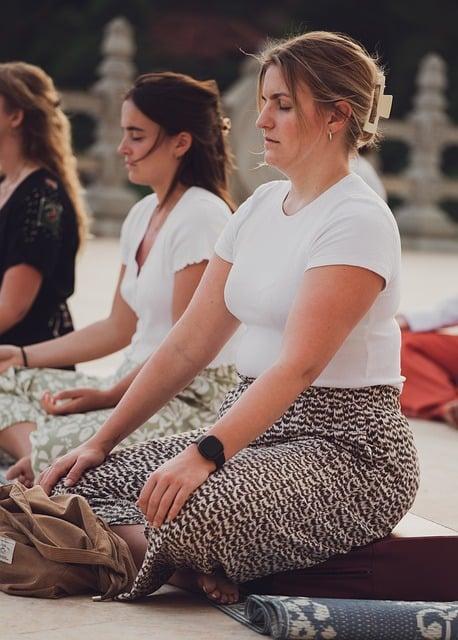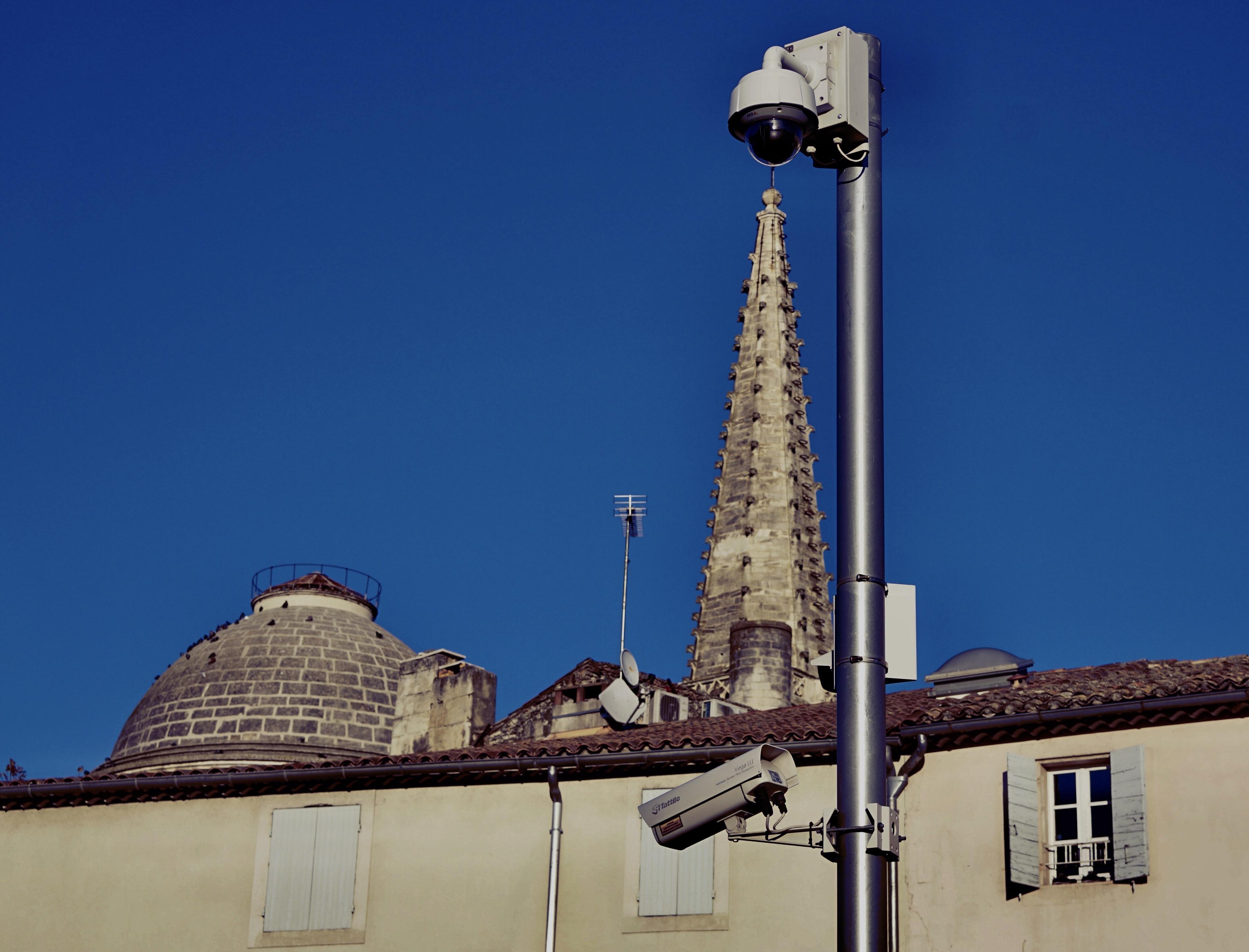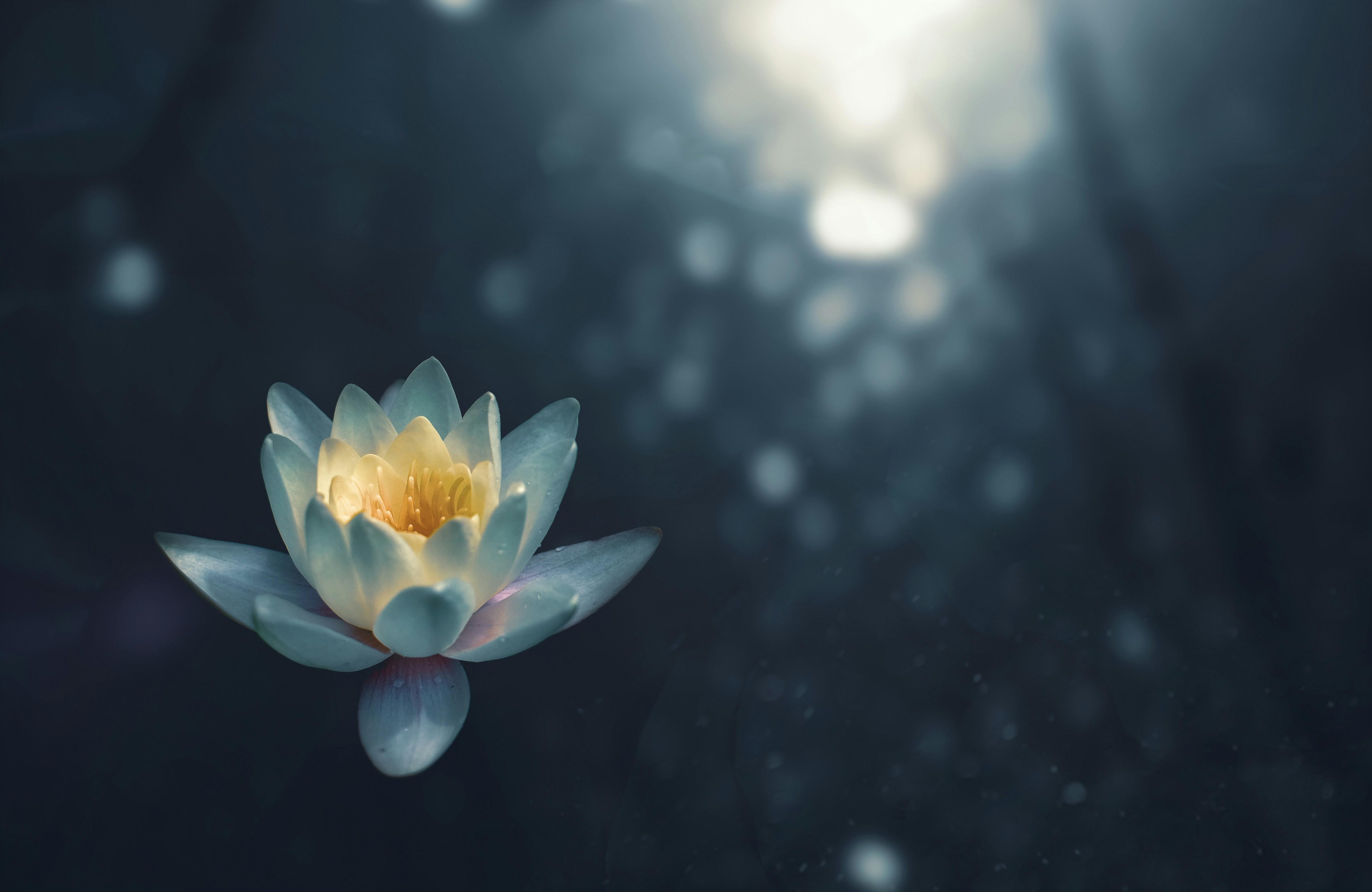In the quiet recesses of the mind, where the chaos of daily life is gently hushed, lies a realm of boundless potential—a landscape crafted by the intricate art of meditation-basics/beginner-friendly-meditation-tips-for-daily-peace/” title=”beginner-friendly meditation tips for daily peace”>guided imagery. Imagine a place where the mind’s eye paints vivid tapestries of serene forests, tranquil beaches, and sunlit meadows, each scene a sanctuary from the noise of the outside world. This is the essence of guided imagery in meditation, a powerful tool that transcends mere relaxation, offering a pathway to profound inner peace and self-discovery. As we embark on this exploration of the mind’s innate creativity, we uncover how guided imagery not only enhances meditation but also empowers individuals to navigate the complexities of life with clarity and calm. Join us as we delve into the transformative power of guided imagery, where imagination becomes a conduit to the deeper self, and the journey within reveals its own kind of magic.
Harnessing the Imagination: The Science Behind Guided Imagery
Guided imagery taps into the mind’s natural capacity to create vivid mental pictures, engaging the brain’s innate power to influence emotions and physical states. This imaginative process is more than mere daydreaming; it involves the strategic use of mental images to foster relaxation, healing, and self-awareness. Scientific research has demonstrated that the brain often responds to these imagined scenarios as though they were real, triggering physiological responses such as changes in heart rate, blood pressure, and even pain perception. This phenomenon, known as the psychophysiological response, forms the foundation of guided imagery’s effectiveness in meditation practices.
- Visualization Techniques: In guided imagery, practitioners often use detailed and sensory-rich narratives to guide their mental exploration. These narratives can range from peaceful natural landscapes to specific healing scenarios.
- Neuroplasticity: Engaging in regular guided imagery can lead to changes in the brain’s structure and function, enhancing emotional regulation and stress resilience.
- Mind-Body Connection: By harnessing the imagination, individuals can influence their physical state, demonstrating the profound connection between the mind and body.
Through this fascinating blend of imagination and science, guided imagery becomes a potent tool for enhancing meditation practices, offering a pathway to deeper self-discovery and well-being.

Exploring Inner Landscapes: Techniques for Effective Practice
Guided imagery is a powerful tool in meditation, offering a pathway to delve into the depths of one’s mind and explore the vast inner landscapes that reside there. This practice involves visualizing detailed, calming scenarios that can transport you to serene environments or allow you to confront personal challenges in a safe space. The use of vivid mental images can help in reducing stress, enhancing self-awareness, and promoting healing. By focusing on these crafted scenes, practitioners often find a sense of peace and clarity that transcends the chaos of daily life.
- Stress Reduction: Imagining peaceful settings can lower cortisol levels and promote relaxation.
- Self-Discovery: Visual journeys can lead to insights about personal desires and fears.
- Emotional Healing: Safe exploration of difficult emotions through imagery can aid in processing trauma.
- Enhanced Creativity: A fertile imagination can inspire creative solutions and new ideas.
Whether you’re visualizing a tranquil beach, a lush forest, or a personal utopia, the key is to engage all your senses. Feel the warmth of the sun, hear the rustle of leaves, or smell the fresh ocean breeze. This multisensory engagement not only enhances the experience but also deepens the meditative state, making guided imagery an invaluable technique in the exploration of one’s inner world.

Transformative Journeys: Benefits of Guided Imagery in Meditation
Guided imagery in meditation offers a profound way to explore the depths of the mind, fostering a sense of inner peace and clarity. This technique harnesses the power of imagination, encouraging individuals to visualize serene landscapes or empowering scenarios, which can lead to a variety of benefits. Among these advantages, practitioners often experience a heightened state of relaxation, reduced stress levels, and an enhanced ability to focus. Emotional healing is another significant benefit, as guided imagery allows individuals to confront and release pent-up emotions in a safe, controlled environment.
- Deep relaxation: Facilitates the release of tension and anxiety.
- Enhanced creativity: Opens the mind to new ideas and perspectives.
- Improved mental clarity: Helps in organizing thoughts and improving decision-making.
- Emotional resilience: Strengthens the ability to cope with challenges and setbacks.
Incorporating guided imagery into regular meditation practice can transform the way we connect with our inner selves and the world around us. By providing a mental sanctuary, it allows for exploration and growth, ultimately leading to a more balanced and harmonious life.

Crafting Your Vision: Expert Tips for Personalizing Imagery Sessions
Personalizing your imagery sessions can transform a standard meditation practice into a deeply resonant journey of self-discovery. To craft a vision that truly aligns with your inner world, start by considering what themes or elements speak to you on a personal level. Is it the tranquility of a forest, the expanse of a beach, or perhaps the gentle flow of a river? Identifying your unique imagery can greatly enhance the effectiveness of your sessions.
- Use Sensory Details: Incorporate sights, sounds, and even scents that resonate with you. The more vivid the imagery, the more powerful the experience.
- Set Intentions: Before you begin, set a clear intention for your session. This could be to seek peace, clarity, or healing.
- Stay Flexible: Allow your vision to evolve naturally. Don’t force specific images; let your subconscious guide the experience.
- Reflect and Adjust: After your session, take a moment to reflect on what worked and what didn’t. Use these insights to refine future sessions.
Closing Remarks
As we close the chapter on our exploration of guided imagery in meditation, we find ourselves standing at the threshold of the mind’s vast potential. This gentle yet profound practice serves as a bridge, connecting the realms of imagination and reality, allowing us to traverse landscapes both familiar and fantastical. Whether you’re seeking solace, clarity, or a spark of creativity, guided imagery offers a compass to navigate the inner world with intention and grace.
In the tapestry of meditation practices, guided imagery stands out as a vibrant thread, weaving together the conscious and subconscious in a dance of imagery and insight. As you continue your journey, may these guided visions serve as a lantern, illuminating the path toward a more mindful and enriched existence. Embrace the power within, and let your imagination guide you to new horizons of tranquility and understanding.
